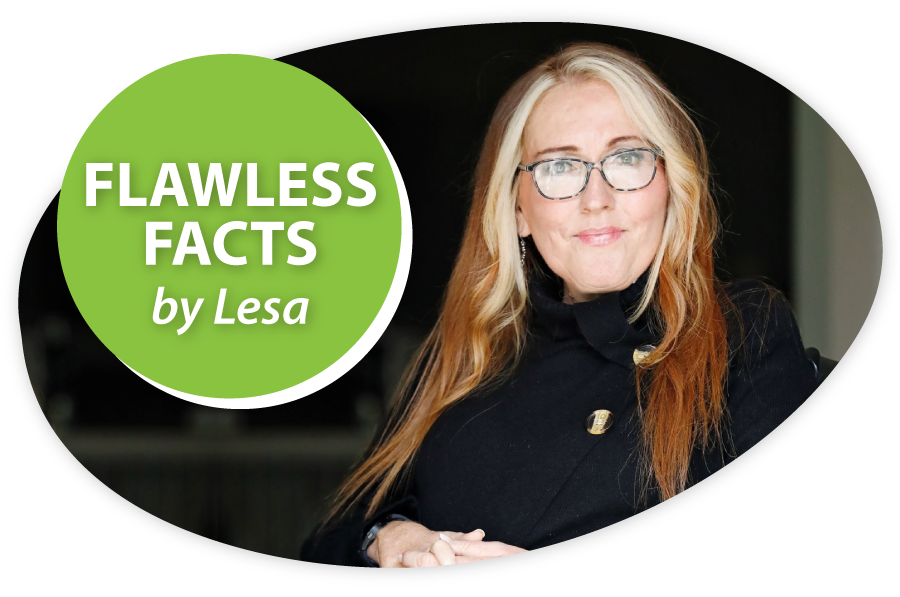A Series of “Flawless Facts” by Lesa Bradshaw – Topic 4
A common concern of many employers when employing Persons with a Disability lies within their concerns about safety and access within the work environment. This is particularly so within manufacturing and mining environments or similar, where Health and Safety risks are of critical importance.
Common Employer Concerns:
- Persons with a disability form a very diverse group and, therefore, the health and safety issues that they may face also vary considerably. Ensuring their individualised safety therefore may require flexibility of process etc which may fall outside of the standardized policies
- Disabilities can range from very severe to mild and are not always obvious. Furthermore, some are degenerative in nature. Establishing at what point of ‘severity’ of the impairment becomes a risk needs to be determined.
- Concerns that a person with a disability may face additional risks, or may be more susceptible to the same risks, due to their condition, and may increase risk for their colleagues.
The Discriminatory impact of these concerns :
- Employers making decisions about the health and safety implications of a particular person’s disability based on the assumption that, if one person with a specific disability faces a particular risk, all people with that disability will be similarly at risk.
- Employers placing a complete (blanket) ban on the employment of anyone with a particular disability because of this assumption. For example, an employer refuses to employ anyone with epilepsy or diabetes no matter what the job requirement is or however mild or well-controlled the condition is for an individual.
- Lack of awareness around disability inclusion amongst external and internal stakeholders (the Organisation’s Insurers, Safety Inspectors and so forth) , as well as the resulting inflexibility within policy, places restrictions on what can be flexed on in terms of safety policies and practices.
The Solution:
- Conduct an Environmental Accessibility Audit of your work environment. Not just the standardized ‘checklist’ of observations, but an extensive audit of barriers to inclusion and safety risks for persons with a disability. Audits should include practical, cost effective solutions to removing or minimising these risks in the short, medium and longer term in order to be realistically implemented. Evacuation processes and routes should form a key consideration in these reports, as well as signage, facilities, routes and locomotive activities.
- Disability and Equality training is a key success factor in providing safe and inclusive environments. Line managers, worker representatives, safety representatives, maintenance personnel and anyone who is likely to be carrying out, or involved in, the risk assessment or solution implementation process should be involved.
- Suitably qualified Disability Inclusion and Risk Assessment Specialists should be involved in conducting the Risk assessments and Accessibility Audits – this is absolutely key to avoiding stereotypical assumptions or non—effective solutions.
- Employers should take a sensible, pragmatic approach rather than be overprotective in the risk assessment and solution approach, as some level of risk is unavoidable in everything that workers do, whether or not they have a disability
- Always consult with the individual with a disability concerned at all stages when doing individual risk assessments, taking into account their capabilities, the nature and extent of the disability, the specific requirements of the job etc. Continue to consult with the individual to check that the accommodations suggested are suitable and appropriate before and after implementation.
Remember, considering disability related reasonable accommodation in our environments and safety risk policies and processes benefits all! Given that many employers are likely to acquire a temporary ‘disabling condition’ at some point in their employment, whether it be using crutches for a few weeks after a knee op, to being heavily pregnant, to experiencing unusually high levels of personal stress or anxiety, the benefits of having considered the reasonable accommodation measures which promote safety for persons with a disability will benefit all!
For more information on our Disability Inclusion consulting around Policies which support inclusive cultures, contact us on lesa@bradshawleroux.co.za

